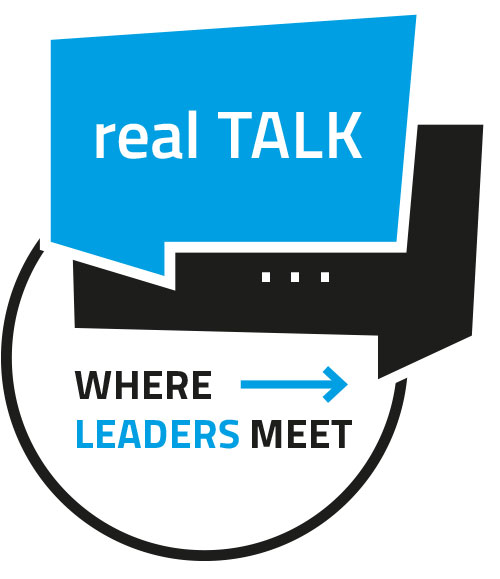Many people literally feel trapped between the demands of the professional world and the desires for leisure and private life. Yet it can seem so simple, with concepts like work-life balance or the more extreme form of it, work-life fusion. But what is really fulfilling and does it exist at all or does the person have no choice, must he decide for a single concept?
Until now, the concept of work-life balance has been regarded as decisive for one’s own happiness and general satisfaction. Social scientists understand this to mean an optimal balance between work and leisure, between fulfilling one’s duties and relaxing, between life and work. To achieve this, many companies have long been working with flexible working hours and workplaces so that employees can choose for themselves when and where they want to be. The main thing is that they perform their tasks and get everything done on time. What is almost forgotten in the process is the fact that it is not always so easy to implement in everyday life, to really get everything under one hat and to find the perfect balance.
Work-life fusion put to the test
That’s why there’s a second approach to turn the tide, so to speak: Work-life fusion. This involves integrating work into leisure time, i.e. an even closer connection between the two worlds of life. This new movement has its origins in the latest generation of workaholics. They no longer want to let fixed times and rules dictate their lives. That’s why they use social media to do everything quasi simultaneously and together. Between relaxing in the bathtub, quickly finishing a project, answering a few emails during dinner with friends, and on vacation at the beach, there is of course still time for some urgent work matters. Thanks to the smartphone and laptop! The problem with this structure is that there is none. Everything merges into each other, the person never comes to rest and when it occurs he is immediately in great concern about whether now a feeling of boredom arises? After all, there was certainly still something that urgently needs to be done….
Where does work-life balance work best?
An ideal between reality and dream seems to open up, because the whole thing is not quite so simple after all. Burnout and depression can be consequences that have a very concrete impact on health. Excitingly, there was a survey of the network “Internations” in this context. According to this, people in Bahrain, Norway and Denmark are happiest because they consider their job and leisure time to be well compatible and neither feel rushed nor as if they are doing without much. In contrast, people in Switzerland are rather unhappy, as they occupy just 371st place in the survey. The initiators of the survey see the Swiss’ regressive approach to the model of work and life as the explanation for this. Here, for example, there is no paternity leave, nor are there flexible working hours and places, so that work-life balance or even fusion would be an alternative at all.
Which path is right for personal needs?
This question is not so easy to answer, because stress, whether experienced positively or negatively, is always a very individual matter. For example, it can be incredibly frustrating for one person to always be stuck at work at a fixed time and only then start their free time, while others need exactly that. Always being available, never feeling completely free from the demands of work. This can also be stressful and frustrating. That’s why it’s important to find the right concept for yourself and live in harmony with it. Only in this way can life and work enter into a connection and the person can find his or her own individual happiness.
Image copyright: shirotie




